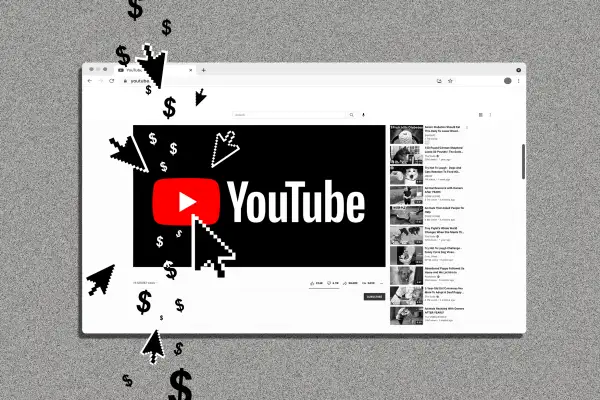YouTube Says Nearly 400,000 People Are Making Videos Like It's a Full-Time Job

Perhaps you've fantasized about becoming a full-time YouTuber, posting videos online about cooking, gaming, fashion or travel.
According to a report from YouTube released Wednesday, there are about 394,000 people in the U.S. doing exactly that — working at least 40 hours per week as YouTube creators and making money from the venture. That’s more people than are employed as psychologists, librarians or dentists in the U.S., according to data from the U.S. Bureau of Labor Statistics.
While nearly 400,000 people are working the equivalent of full-time jobs making YouTube videos, it's unclear how many of them are actually getting paid like they were real jobs. The new report — commissioned by YouTube and completed by Oxford Economics, based on surveys with 12,700 YouTube users and roughly 1,500 content creators and 500 businesses — doesn't contain many specific details about how much money these video creators earn. So we don't know whether the long hours spent recording and editing these videos actually pay off. (Money asked YouTube's parent company Alphabet to share that information and will update this story with any further details.)
What the study does make clear is that many creators believe they could make a living from YouTube. Two-thirds of those surveyed who had more than 50,000 subscribers believed they could have a “self-sustainable business” from the online video platform. Additionally, 60% of creators surveyed said they feel like they have opportunities – both to make videos and make money – that “traditional media” doesn’t supply.
Stories of people quitting their jobs and making a living on the popular video site have been everywhere in recent years, as have stories of individuals monetizing their experiences and knowledge on the platform when they otherwise could not have.
It’s no wonder so many are turning to YouTube with the hopes of turning a hobby into a business or growing their fame. It’s the most commonly used social media app in the U.S., according to the Pew Research Center. More than 80% of Americans say they’ve used the site, according to the think tank, a number that’s grown since 2019 while some other platforms’ remained stagnant.
But truly “making it” as a YouTuber isn’t as common or easy as some of the platform’s highest-paid stars like Rhett & Link – who Forbes estimates took home $20 million last year – or MrBeast (estimated $24 million earnings in 2020) might make it seem. Just 3% of YouTube channels get 90% of the site's traffic, according to recent research from a team led by a professor at Offenburg University of Applied Sciences in Germany. And even those channels in the top 3% probably only make around $17,000 per year from ads on the platform, the research team found.
That hasn't stopped millions of users from trying, though. Some students have even tried to pay off student loans with income from YouTube and other social media platforms. The possibility of going viral — and making good money — on YouTube is always there, however remote.
More from Money:
Gen Z Is Rewriting the Rules for Personal Finance in Real Time. That's Good, Right?
YouTube's Favorite Mortgage Strategy Has Millions of Fans. Here's How It Actually Works
Meet the TikTok Influencer Whose Viral Videos Are Helping Gen Z Boost Its Credit
